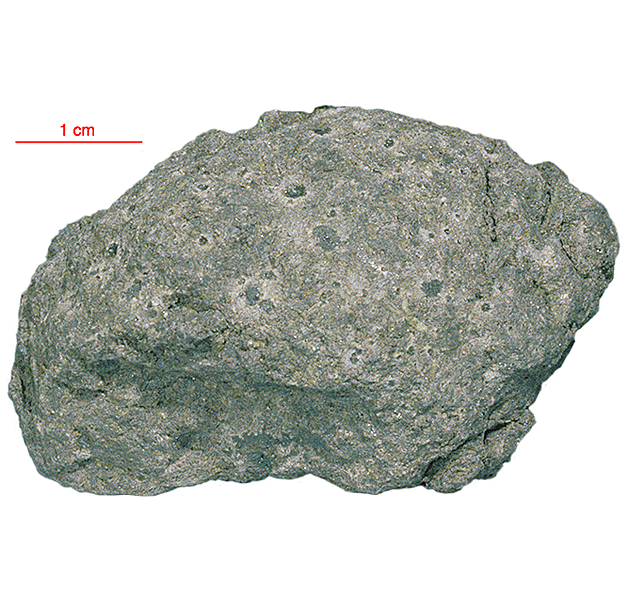
Fact sheet
15682 is a typical Apollo 15 pigeonite basalt that was collected as part of a rake sample. Pyroxene phenocrysts are elongate or equant often with hollow cores (infilled later). They are both twinned and chemically zoned (see rotation 1). Spherulitic bundles of plagioclase laths, ilmenite and fine pyroxene crystals occur in the groundmass (see rotation 2). Metallic iron grains, ulvospinel and cristobalite are also reported.
The sample weighed 50.6 grams before analysis and has been dated at 3.44±0.07 billion years (Rb/Sr).
Further details of this and other Apollo samples are here: http://curator.jsc.nasa.gov/lunar/
The mounting resin of this thin section has deteriorated over time and now contains clusters of colourful dendrites (obvious in reflected light) within and around the thin section.
The Apollo 15 landing site was in the Apennine Highlands, and close to Hadley Rille — a long, narrow winding valley. Approximately 76 kg of lunar material, including soil, rock, core-tube and deep-core samples, were returned to Earth.
This mission was the first flight of the Lunar Roving Vehicle which allowed the astronauts to venture further from the Lunar Module than in previous missions. During three periods of extravehicular activity, or EVA, on July 31st, and August 1st and 2nd, Scott and Irwin completed a record 18 hours, 37 minutes of exploration, travelling 17.5 miles, in the first car that humans had ever driven on the Moon.
Apollo 15 was launched on 26 July 1971.






